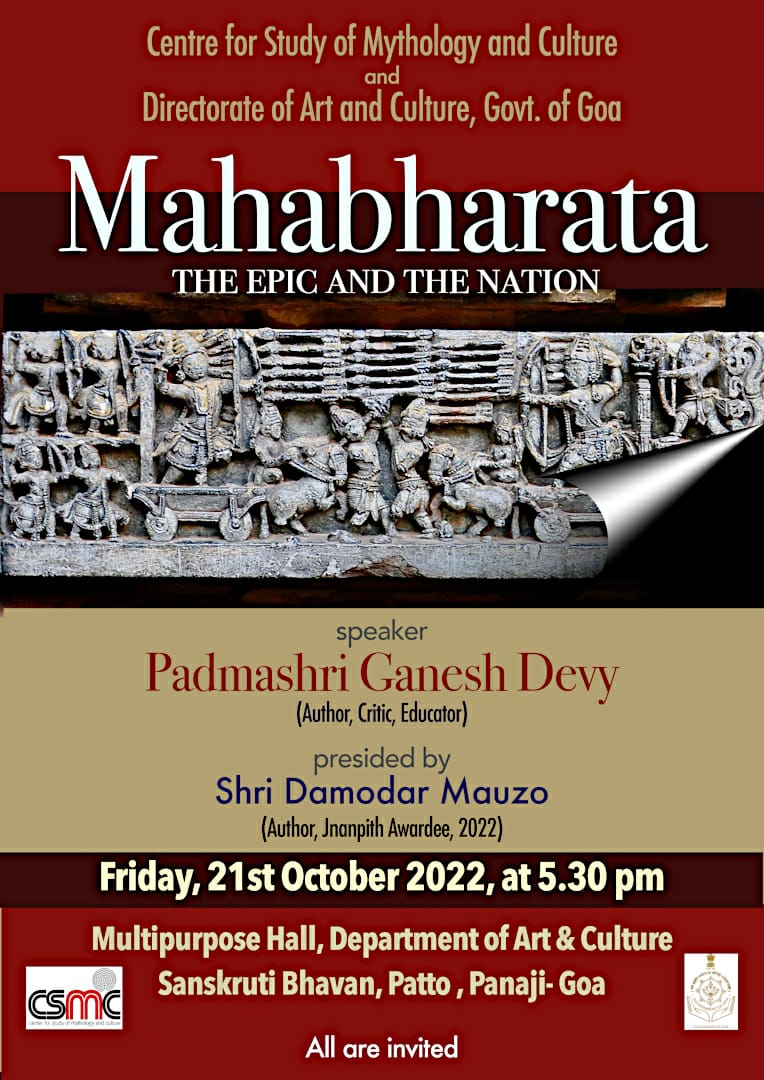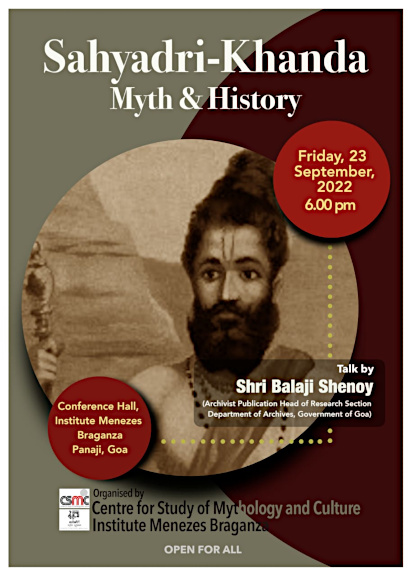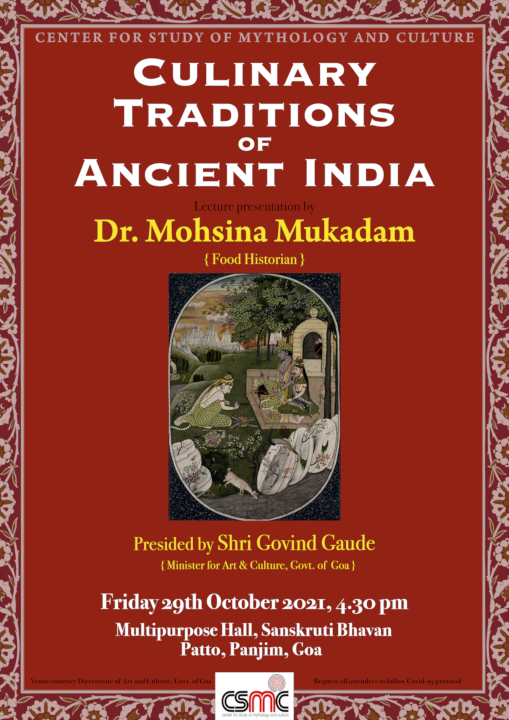
Every year during Paush month of the Hindu calendar ( December- January) on a new moon day, villagers of Adulshi, Durbhat and Talavali villages in Ponda Taluka of North Goa, gather in their farms, with mud, eggs, sticks and shells to sculpt a crocodile out of clay. The rite called as Manage Thapane– literally meaning ‘sculpting a crocodile’ is performed to mark the beginning of the farming season.
Having created a crocodile replica out of clay, villagers then pour eggs on the replica (suggestive of infusing life ), and attach stones, shells, sticks and other thorny material to complete the rough skin texture of the crocodile’s body. A puja is offered to the mud crocodile by applying vermillion, and offering coconut and puffed rice with a prayer to protect their farm lands from calamities. Why worship a crocodile at the start of farming season?
In Goa fish farms are called Khazan. Regular fields are converted into fish farming shallows by trapping sea water from the creek. Traditionally mud bunds were built to trap sea water for fish farming. Locals explain that since bunds of the khazans are build with mud, sometimes these bunds break due to the force of water, gushing into the farms lands and washing away the fish. At times crocodiles would get washed into the farms and end up eating the fish, and even harming humans and their livestock. Thus to avoid any conflict between crocodiles and humans the rite was established.
Man-Animal conflicts have been part of the evolutionary history of mankind. However, the stories of ancestral wisdom tell us how our ancestors have tried to resolve such conflicts and find solutions for co-existence. Manage Thapane rite in Goa , demonstrates one such rite, where elders have tried to establish peace and harmony between man and animal in conflict zones and bring about ecological balance.
What is so unique about this ancient tradition of manage thapane rite is that it offers a glimpse into Goa’s social history and farming practices of the indigenous land tillers. Locals of Adulshi village, attribute khazan farming to goddess Navadurga and thus it is called as devakator, a religious act dedicated to the goddess. From ancient times the rights for fish farming is awarded to twenty-four families who were first settlers of the land. During the manage thapane ritual, it is expected that all the representatives of the twenty-four families would be present during the rite. If any family representative is absent during the ritual or they did not cultivate the farm the previous year then they have to pay a fine to the goddess by offering a meal of sweets to whole village called godshe utsav.
Since people did not know how to read and write in ancient times, the practice of taking the head count was performed by the knotting of a red thread. The chief presiding member of the ritual would call out the name of the family representative for whom the fish farming is allocated. If he is absent then the thread is knotted in his name. Thus the total number of absentee farmers have to pay the fine by serving the goddess during the festival. Interestingly, the tradition of knotting the thread is continued till today, throwing light on the ancient practice of collective farming in Goa. The locals believe the tradition goes back to the ancient times when the land was reclaimed from the sea by building bunds.
Although, the ritual of sculpting mud crocodile seem to be an indigenous rite belonging to the farming community of Goa, a lore from Ramayana was later attributed to the rite to justify its sanctity. It is said, when Hanuman went to Lanka in search of Sita, Ravan’s son Meghnad captured him and presented him before Ravana. In the court Hanuman insulted Ravana. Enraged Ravana ordered Hanuman to be set on fire. Thus, Ravana’s guards set Hanuman’s tail on fire. Hanuman leaped into the sea to dowse the fire. Due to the intense heat, Hanuman began to sweat and a few drops of sweat fell into the sea. A crocodile swallowed the sweat and eventually got pregnant. She gave birth to a brave and fearless son by name Makardhvaja. Impressed by the child’s bravery and courage, Ahiravan appointed him as the gatekeeper of the nether region. Therefore the crocodile is worshiped in Goa as a gatekeeper and protectors of the farmers.
Story by : Durgashree Sardeshpande
Source: As witnessed and heard from locals during the performance of ManageThapane ritual
Location: Goa.
Image Copyright: Vidya Kamat. (Illustration is not representative of manage thapane ritual )











